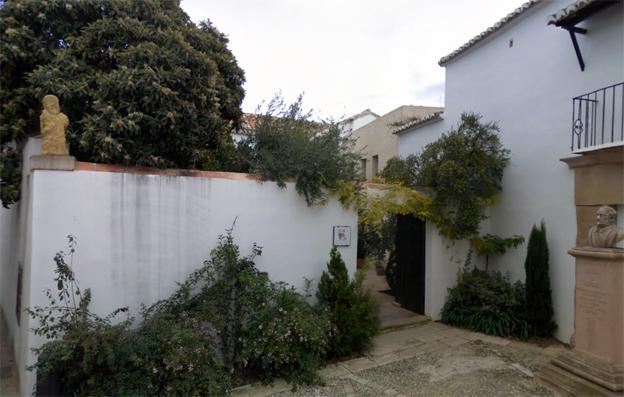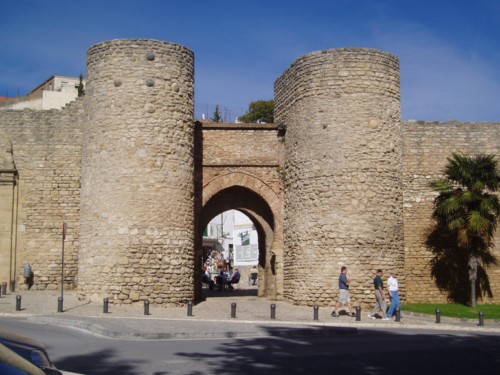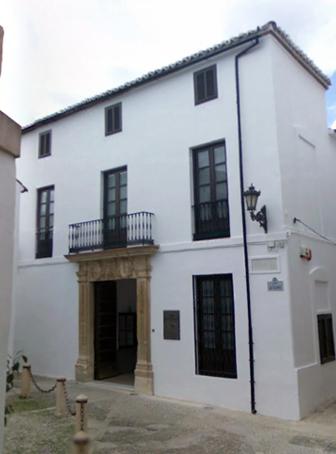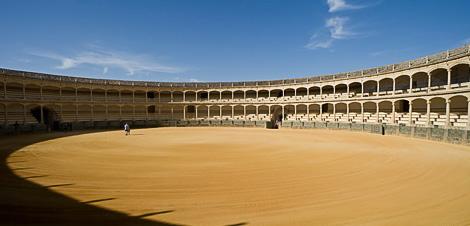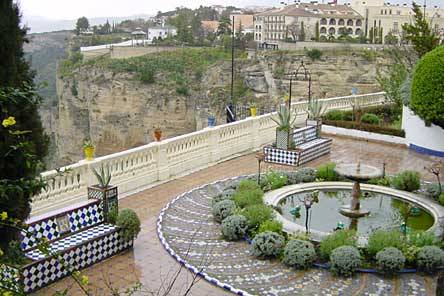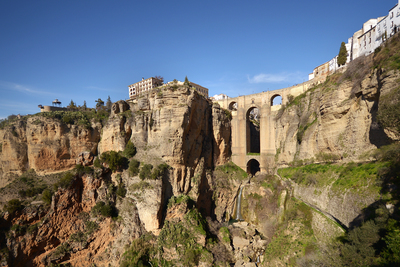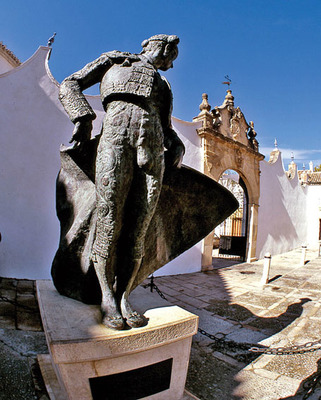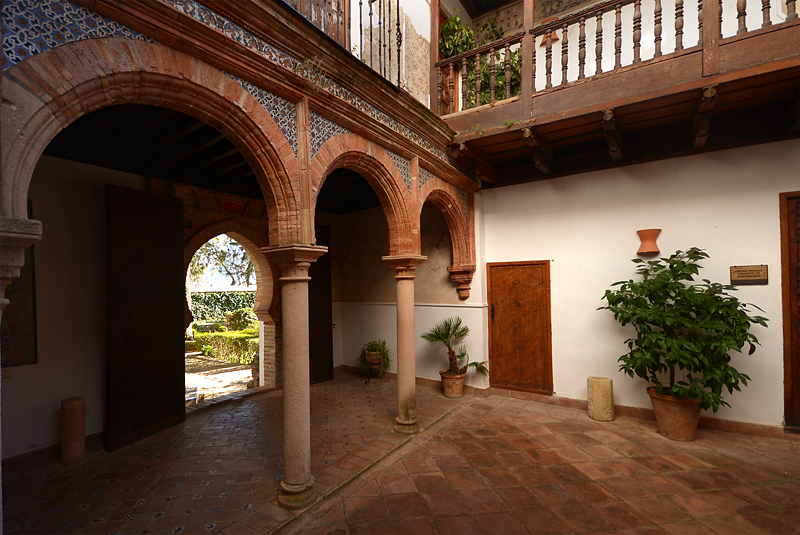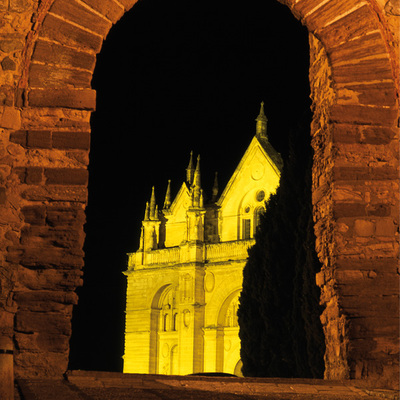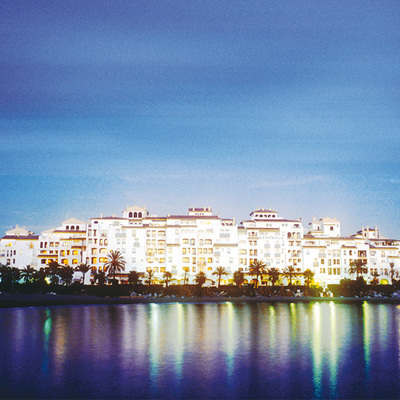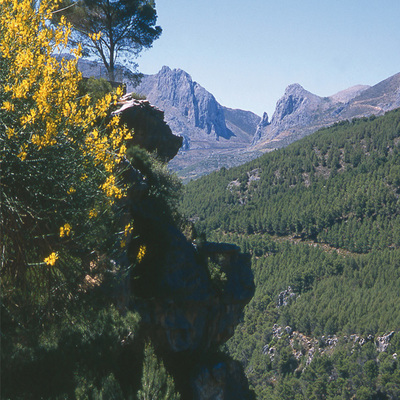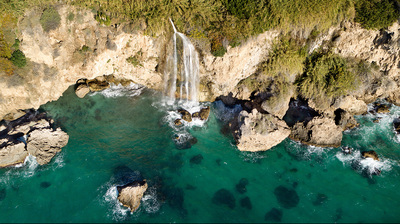House of the King Moro
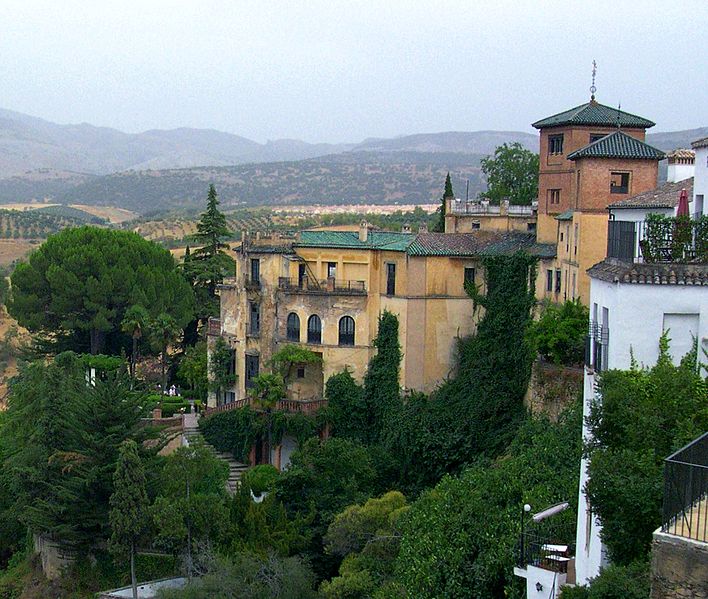
The House of the King Moro of Ronda. The Rift that overthrew a Kingdom A Garden to evoke Paradise This monumental complex is unique due to its historical interest, key in the history of the Reconquest and in the defense of the city, throughout history. The set rises in the Cuesta de Santo Domingo, in an impregnable area on the escarpment of the Tagus, on the north side of the Muslim city.
The House of the King Moro is composed of three elements: the Water Mine of the Muslim period (one of the best preserved examples in Spain), the House of Neomudejar style (currently under restoration) designed by the Duchess of Parcent at the beginning of the 20th century and the Garden designed by Jean Nicolas Forestier in 1912 on behalf of the Duchess (his first recognized work in our country). In 1943 it is declared a National Monument, the highest protection figure in spanish legislation. Forestier projects a Mediterranean garden, which combines the influence of the classical Hispano-Muslim garden with the geometric design of the French garden. Adapts its layout to the solar strait on the slope in which it sits, saved with the design of three terraces joined by staircases decorated with colored tiles, fountains linked by a water channel and a careful combination of botanical species. Take advantage of the power of the land by installing lookouts to the Tagus and the mountains, incorporating the landscape into the garden. The Water Mine is a complex work of hydraulic engineering for military use built in the fourteenth century. It is built taking advantage of a natural crack hidden in the wall of the Tagus. Your visit proposes a unique journey down to the bed of the Guadalevin River (about 60 meters deep) through a gallery that takes us to a natural landscape of great beauty with great wealth of fauna and flora.
In 1485, after a long siege, Ronda fell to the Castilian troops. According to the chroniclers of the time, a Muslim traitor revealed the great secret that would cause the surrender of the city: it was the gigantic ferris wheel hidden in the skin of the Tagus. Built in the bowels of the earth and moved by Christian captives, it was the main source of water supply to the city. After the assault on the fortification that protected it, Ronda, one of the most important cities of the Nazarí Kingdom, falls defeated and only seven years later the Taking of Granada takes place. After the abandonment of the mine in the sixteenth century, his memory is erased and the legends that narrate the existence of fabulous palaces, beautiful princesses and lavish treasures hidden in the depths of the mine appear.
In 1911, the Duchess of Parcent conditioned the descent towards Guadalevín River and enabled a small jetty, to walk along the river and reach a small cave where she placed an image of the Virgin. From the garden you can see the Parque Natural Sierra de las Nieves, Unesco Biosphere Reserve, and other important mountain peaks such as the Peñón de los Enamorados. Opposite, the Jardines de Cuenca, in the neighborhood of the Mercadillo and the Mirador de la Aldehuela (or Viewpoint of the Convent of Santo Domingo) are an ideal space for the interpretation of the House in relation to the landscape of Ronda and the Tagus.
Individual: €10 Children under 12: €3
From monday to sunday from 10 am. to 9 pm. Last entry half an hour before.
Currently the mine and the historic garden can be visited.
Services and infrastructure
Target audiences
Segments
Specialties
Open to visitors
You may be interested
